The Hamburger Kunsthalle
2 July to 3 October 2021
The Hamburger Kunsthalle will illustrate the unique impact of the outstanding Renaissance artist Raphael (1483–1520) with a showing of around 200 prints, drawings, paintings, photographs and books from its own collection. Raphael was the superstar of his day, going from strength to strength during his brief lifetime as popes and other dignitaries entrusted him with the most prestigious commissions. With his paintings and frescoes, this fascinating master set new standards for European art that would endure for centuries. It would be hard to find another artist who achieved such a far-reaching impact through such reproductions and enjoyed such saint-like veneration, as witnessed by his appellation “il Divino” (the Divine One). This enormous influence is demonstrated above all by numerous works that emulate Raphael’s example. It was in fact Raphael himself who initiated the dissemination of his pictorial ideas by means of prints, a process that would continue to bear fruit for more than three hundred and fifty years.
On display are outstanding interpretations of Raphael’s masterpieces, such as The School of Athens, the Sistine Madonna and the Transfiguration Christi. Also exhibited are numerous drawings based on Raphael’s compositions, for example by Philipp Otto Runge. With the emergence of photography in the mid-nineteenth century, photographs gradually took over the main role in spreading Raphael’s pictures, and the exhibition includes fascinating examples from the early days of this medium. The influence of Raphael is illustrated based on selected examples of the work of other artists.
On display are striking paintings such as Jean-Baptiste Regnault’s hallmark image of the French Revolution Liberty or Death (1794/95) and Johann Friedrich Overbeck’s The Triumph of Religion in the Arts (1840). Such major works are subtle adaptations of Raphael’s ideas rather than outright copies. The exhibition also features portraits of Raphael and depictions of his life and legacy, including scenes from the artist’s life by the brothers Franz and Johannes Riepenhausen from 1816 and 1833, and the important drawing of the artist on his deathbed by Nicolas-André Monsiau (1806), as well as the statue of Raphael on the main façade of the Kunsthalle’s original building, completed in 1867. These works demonstrate the immense esteem in which the artist was held across time, especially in the nineteenth century.
A highlight of the exhibition is five of Raphael’s drawings from the Kunsthalle’s Prints and Drawings collection. Exhibited rarely due to their extreme sensitivity, they were specially examined by conservators for the presentation using state-of-the-art techniques. These figure studies impressively demonstrate Raphael’s virtuoso observation of nature and his command of various drawing materials.
Raphael. Impact of a Genius gets a multiple extension through the so called Raphael-Album online. The 200 original artworks of the exhibition are part of a comprehensive online collection with 1.500 works on Raphael, his work and the cult about him (www.hamburger-kunsthalle.de/en/online-collection).
A richly illustrated scholarly catalogue with extensive commentary (Michael Imhof Publisher, 632 pages) is accompanying the exhibition.
Images:

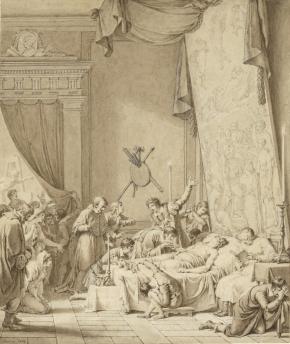
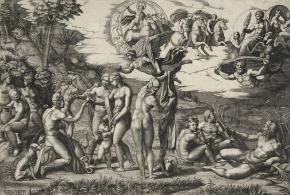
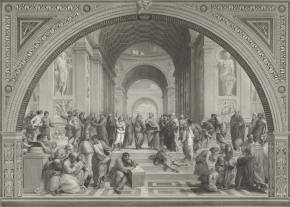
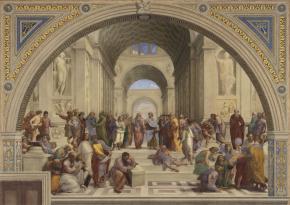
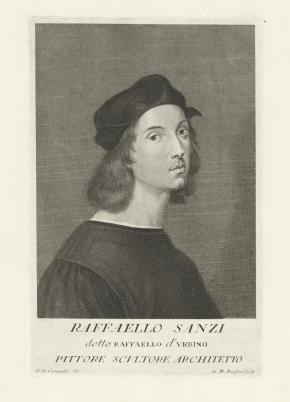
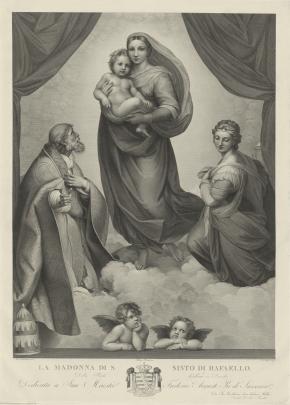

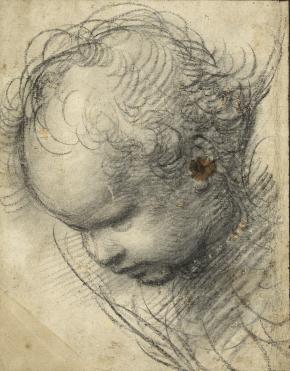
Curators: Dr. David Klemm and Dr. Andreas Stolzenburg